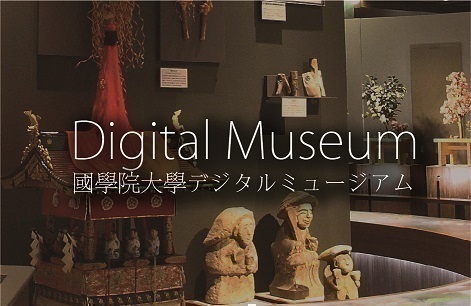- トップ
- Encyclopedia of Shinto
- Yamakage Shintō
Encyclopedia of Shinto
| Main Menu: | |
| Links: |
詳細表示 (Complete Article)
| カテゴリー1: | 8. Schools, Groups, and Personalities |
|---|---|
| カテゴリー2: | Modern Sectarian Groups |
| Title | Yamakage Shintō |
| Text | A new religion that emerged from the so-called "ancient Shinto (Ko Shintō)" tradition. The Yamakage family does not feature in historical accounts, but it claims to be an old Shinto family that was deeply trusted by and served successive generations of the imperial household. According to what are claimed to be old family traditions, Yamakage Shintō is an ancient tradition transmitted since the time of two kami, Ōnamuchi no kami and Sukunabikona no kami. The tradition claims that the yama 山 (nominally, "mountain") of Yamakage refers to the emperor, and the term kage 蔭(nominally, "shade") means "to serve," so that together the name means "serving the emperor," and reflects the assumption that the Yamakage household once had the task of praying that the emperor's will be carried out throughout the realm. According to the traditional history leading up to the founding of present-day Yamakage Shintō, in the late Edo period Yamakage Inbei, seventy-fifth generation leader of the Yamakage family, revived "ancient traditions" of Shinto, and with the addition of doctrines from schools such as Suika Shintō, he produced what he called Yamakage Shintō. In 1890 the seventy-seventh generation leader Nakayama Tadateru organized the Kōdōkai (Imperial Way Society), which advocated the restoration of imperial rule (ōsei fukko), and which was reconstituted in 1914 as the Dai Nihon Kōdō Ritsukyōkai (Society for the Establishment of the Great Japan Imperial Way). In 1921 the seventy-eighth generation Yamakage Tadanori became a member of Ontakekyō and for a short period served as head of that group, but then broke away and founded the Ontake Honkyō in 1927, taking the role of its "great patriarch." Two years later this group changed its name to the Jinrui Aishin Taisokyō. Following the end of World War II, the group Aishinkai was newly established in 1954 and registered as a religious corporation; in 1956 it merged with the Yuiitsu Shintō Tensokai and changed its name to Tensha Yamakage Shintō Aishinkai. Its Superintendent was Yamakage Motohisa (1925-), the adopted son of Nakayama Tadanori. It assumed its current name in 1966. Since its foundation the group's profile has been raised by the extensive writings and public relations work of its current leader Yamakage Motohisa. Its central rituals, the jireishi (prayer for one's own spirit) and jireihai (veneration of one's own spirit) are rites honoring the practitioner's own spirit, and are thought to originate from the mikagami gohai ("veneration of the sacred mirror") ritual performed in earlier times by the emperor. Yamakage's main writings include Ichirei shikon (One Spirit, Four Souls), Shintō no gendaiteki kaigi (A Modern Explanation of Shinto), Koki hiden (Secret Mystery of Self-Honoring), Yoga to Shintō (Yoga and Shinto), Nihon Shintō no higi (The Secret Rites of Japanese Shinto) and Yudaya no sekai shihai senryaku (Judaism's Plan for World Domination). Headquarters: Aichi Prefecture Nominal membership: approximately 9,300 (M) —Tsushiro Hirofumi |




